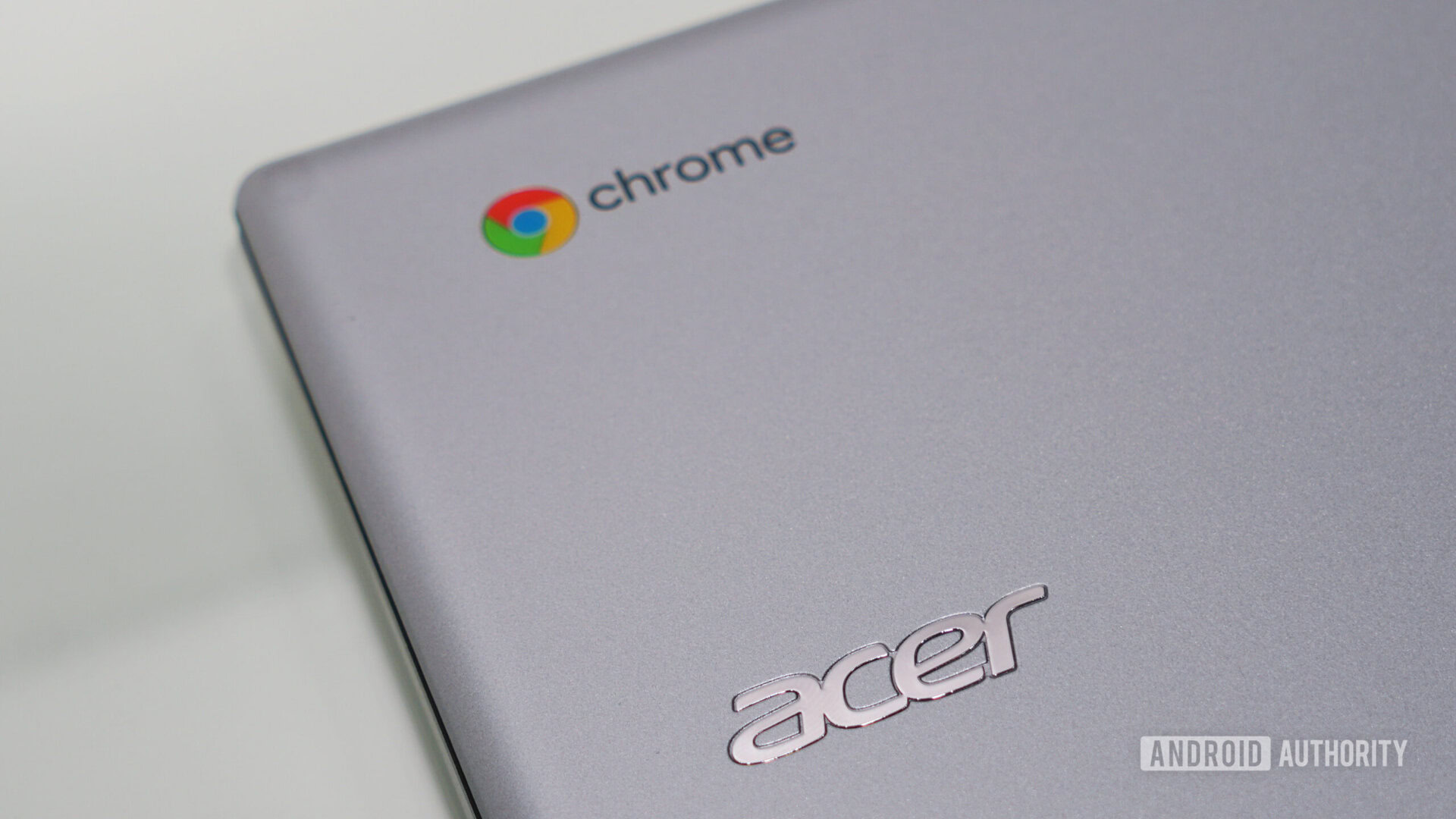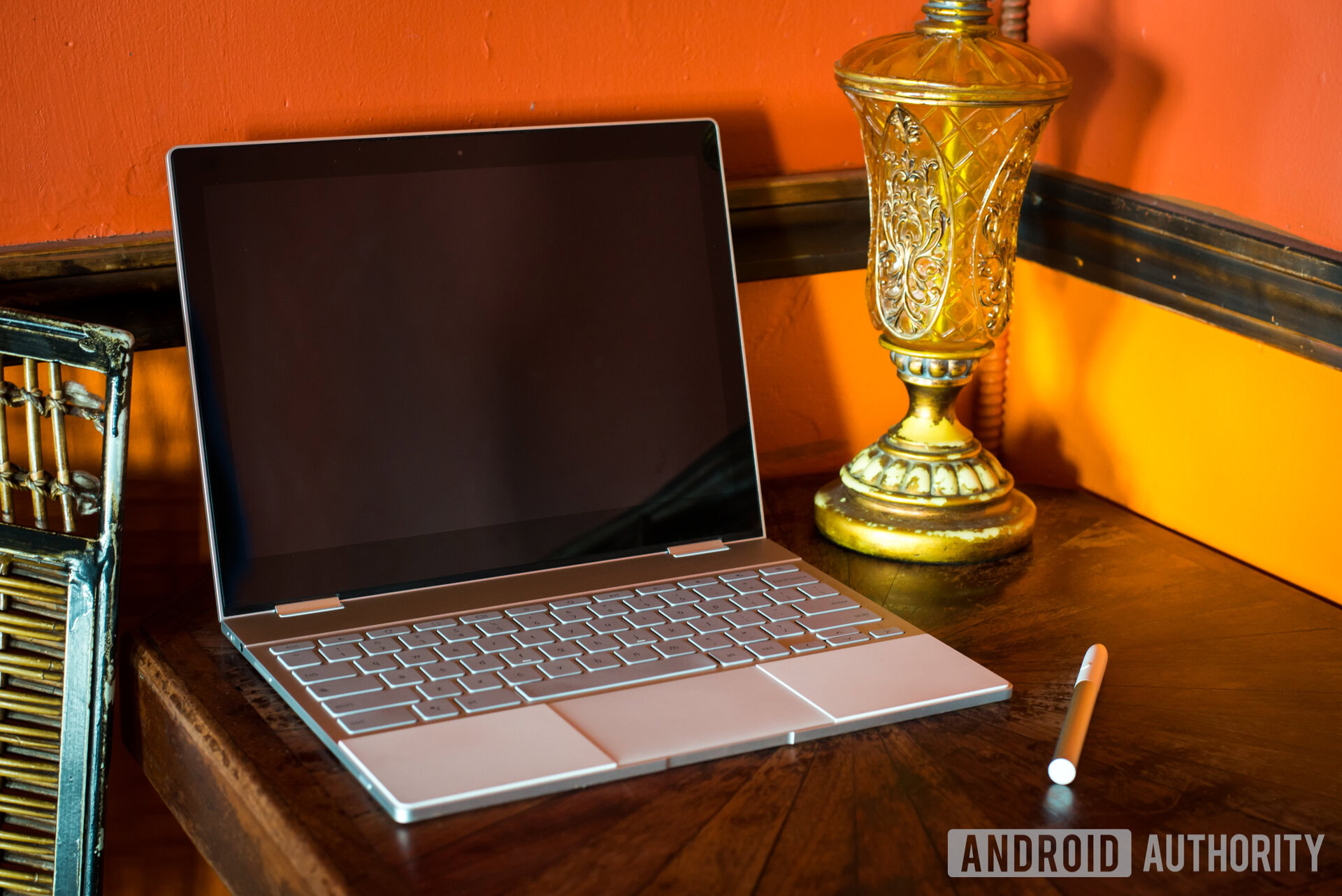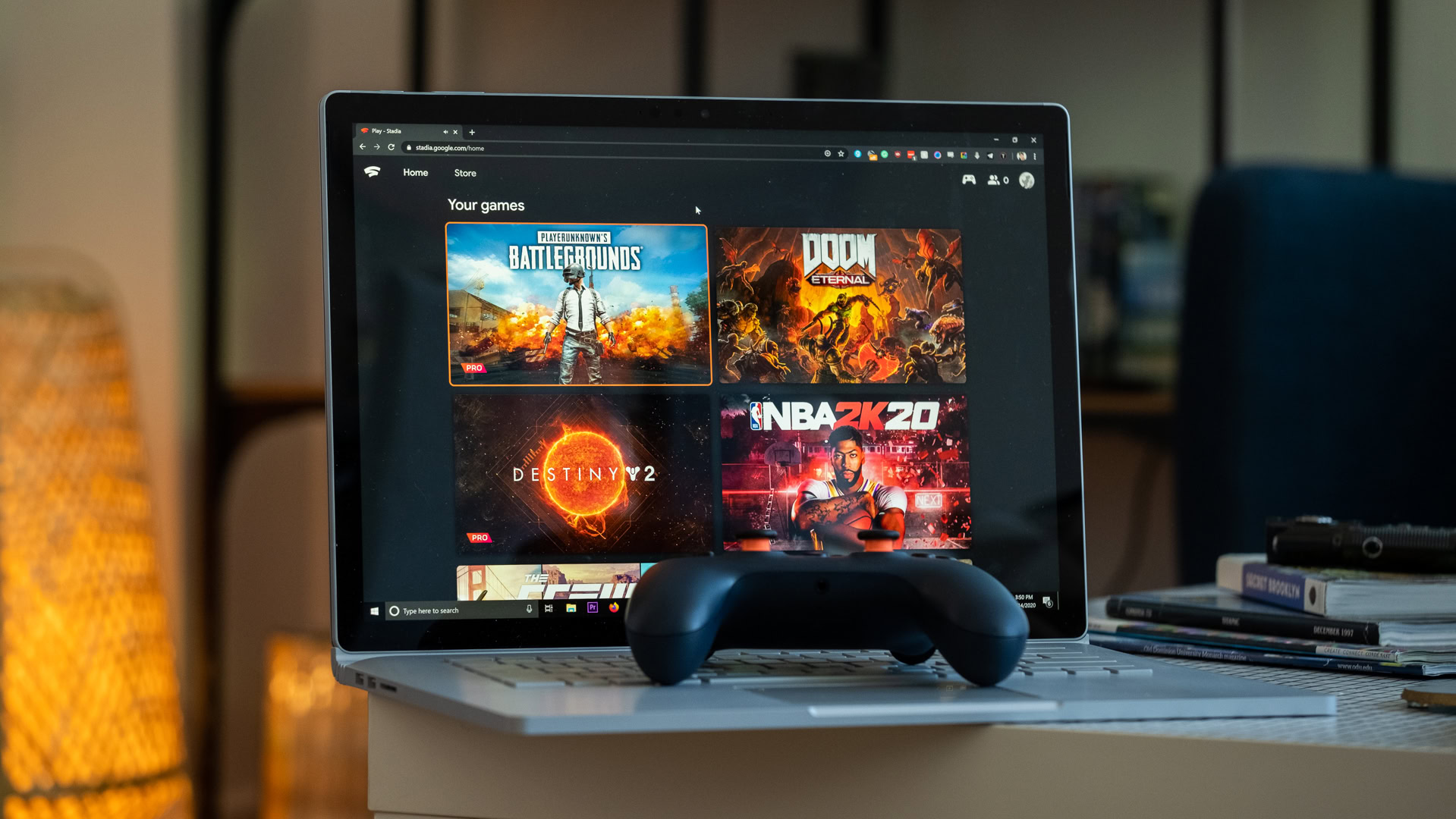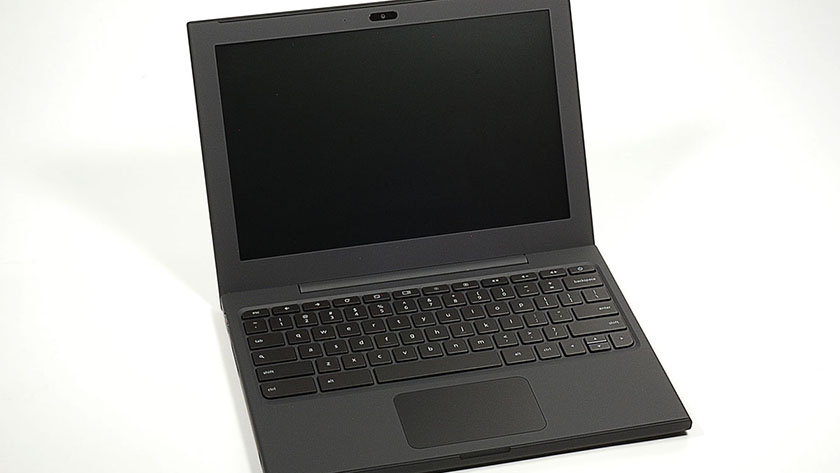Affiliate links on Android Authority may earn us a commission. Learn more.
10 years on from the first Chromebooks: Google was right about them

Ten years ago, at Google I/O 2011, Google announced the first commercial Chromebooks: the Samsung Series 5 and the Acer AC700.
To give you an idea of how long ago this was, the company also announced at that event a new version of Android, which would be known as Ice Cream Sandwich. It also launched a music streaming service called Google Music Beta, which eventually became Google Play Music (RIP).
The launch of the first commercial Chromebooks didn’t go very smoothly, at least from a critical standpoint. One critic called the Acer AC700 “essentially a large netbook,” while another reviewer called the Samsung Series 5 “basically a browser with a keyboard.”
The very notion of a Chromebook — a cheaper laptop with complete reliance on an internet connection and cloud services — seemed to go too much against the grain for critics and consumers at the time. The Register even ran an article in late 2011 titled, “Chromebooks: The flop of 2011?”
Imagine how shocked those folks would have been if you told them that by 2016, Chromebooks would outsell macOS-based computers in the United States. Would they even believe that over 60% of all mobile computing hardware purchased by educational institutions today are Chromebooks?
You likely would have been laughed out of the room.
Google bet big on the Chromebook
In 2006, Googler Kan Liu was developing Windows apps for the company. He was frustrated with how overly complicated that OS is and how that over-complication takes away from the user experience.
Over the next few years, Liu and other Googlers developed Chrome OS internally. It was envisioned as an internet-based operating system that could boot in seconds and run just fine on low-end hardware. The mantra of the development seemed to be “keep it simple.” In fact, the team first focused on taking away as many settings, menus, and features as it could without hurting the average user experience.
The first Chromebook wasn't available for sale and existed solely as a platform to test Chrome OS.
In December 2010, Google revealed the CR-48 laptop, shown above. The all-black, unbranded, made-of-rubber machine was clunky, ugly, and underpowered. It existed only as a prototype to give to early testers for the sole purpose of playing with Chrome OS.
At its unveiling, Sundar Pichai famously said, “The hardware exists only to test the software.”
When the first commercial Chromebooks arrived in 2011, critics and consumers were nonplussed. The biggest complaint was the fact that the laptops were priced too high. In the case of the AC700, it started at $350 — that’s over $400 in 2021 cash. When it comes right down to it, it makes sense: why would you pay $400 for a laptop that can’t run any of the Windows or Mac programs you need (or at least think you need)?
Despite these early setbacks, Google was determined to make Chromebooks work. In one of the smartest moves the company has made, it took Chromebooks to a much-neglected market segment: the classroom.
Success came slowly, but it came

After a while, the thing that brought Chromebooks down initially — namely how limiting they were by only allowing you to do basic things — became their greatest strength. With Chromebooks being so uncomplicated, educational institutions saw in them a system that could be easily maintained and bought cheaply.
Google saw this as an opportunity and started to work that angle. It started pushing OEMs to develop Chromebooks that specifically work well in classroom settings. That meant making them durable, lightweight, simple, and inexpensive overall.
From 2012 to 2017, Chromebooks gobbled up the education market from rivals Apple and Microsoft.
By 2012, Chromebooks made up 5% of classroom mobile products in the United States. That isn’t bad at all for just a year of existence. By 2017, though, Chromebooks made up just under 60% of the same market.
This unbelievably fast growth took competitors by surprise. Apple’s market share in the education segment dropped 33% during this same time period, while Microsoft’s decreased by 21%.
With Chromebooks doing well in schools, it was only a matter of time before they started doing well with general consumers. With parents buying Chromebooks for their children and then finding that they themselves enjoyed the simplicity and ease of using one, sales started to go up.
Chrome OS now has an overall market share of a little less than 7% in the US, according to StatCounter. That’s an incredible amount when you consider the operating system didn’t even have a commercial product 10 years ago.
The success of the Chromebook is only going to grow

Chrome OS eventually expanded and can now run Linux apps as well as Android apps. This opened up the possibilities for Chromebooks as now they could do pretty much anything a standard PC can do.
However, a low-powered Chromebook still can’t replace a high-performance PC. Or can it?
Cloud computing is now the next frontier. We’ve already seen this future through the gaming industry, with Microsoft’s Game Pass Ultimate, Nvidia’s GeForce Now, and Google’s own Stadia. Using these cloud gaming services, gamers can play AAA titles using nothing but a browser. Powerful servers handle the workload of running the game and stream it to a user’s computer over the internet.
Why buy a $1,000 Windows laptop when a $200 Chromebook and a monthly subscription to a cloud PC service can do everything?
These services enable a person with even the cheapest Chromebook to play the most recent gaming titles at 1080p/60fps. Gamers no longer need to spend hundreds or even thousands of dollars building a PC rig or buying the latest expensive console. The gaming field is leveled.
Cloud gaming is just the beginning. Soon pretty much anything you do on a computer will be processed in the cloud and streamed to your device, whether through your broadband at home or your future 5G service on the go. You won’t need an expensive graphics card to render video edits or a powerful processor to compute complicated code strings. Instead, you’ll need a browser.
Related: The best budget Chromebooks: More diamond than rough
This, without a doubt, will fundamentally change how we view personal computing. There will be people in developing countries who will grow up learning how to use a computer by using a Chromebook and professionals who have long depended on Windows jumping ship to Chrome OS when they realize their $1,000 laptop is overkill.
Google played the long game with Chrome OS, and its efforts are just now starting to bear major fruit. Chromebooks will likely be viewed as one of the company’s crowning achievements in a matter of years.
